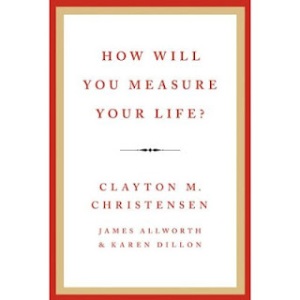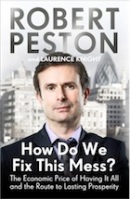Since 2003, Medical Doctor Ben Goldacre has written the Guardian Bad Science book in which he discover the sort of pseudoscience and sloppy science. It is a systematic collation of several of the stories. It demonstrates how big stories in health, medicine and education have been flagrant distortions of the reality. Most of Goldacre’s targets are in the health sector – from pharmaceutical companies to homeopaths and nutritionists. But the purpose is of this book not simply to lambaste the peddlers of error but rather to“teach good science by examining the bad ”(p165), adding that“the aim of this book is that you should be future-proofed against new variants of bullshit(p87). In particular, Bad Science focus on the fundamental importance of evidence in validating any experiment or treatment. However,the beautiful thing is that there is no need for readers to be a scientist or even a particularly scientifically literate person to understand.
Indeed,this book is an unique book,it encourages readers to develop for themselves the intellectual tools to uncover whether a supposedly scientific statement is true or just rubbish. A truly insightful read as well. This is also the reason why I like it.
Under modern capitalism, our lives are increasingly rely on scientific and technological advances, and bad science is everywhere. Newspapers and TV news are riddled with scare stories of cannabis being 25 times stronger, or miracle cures that will make everyone and everything fit and healthy immediately Ben Goldacre cuts through the bullshit and gives customers the tools to pinch such nonsense for themselves.Although it packs in much information, it is not heavy or boring at all. I think it is very accessible to everyone. His writing style definitely comes off as very British, and very humorous.Along the way as you read this entertaining book, you will learn what you need to know about scientific evidence, about the power and limitations of statistics, and about how to think critically.
Currently, I think this book should be a mandatory part of all high school science curricula or become a recommend book for 21st century professionals ,which can make readers on a journey of esquiring more deeply into the foundations of active learning.
Remember, this book was written to improve your intellectual capacity, help you ward off the bullshit news stories in the media, and become a smart, informed consumer of information. As a result,this book is also necessary for managers or professionals to read,which would help them to choose or strengths employees’ critical thinking style.
Now I would like to Briefly describe the three most impressed contents in this book. Firstly, the most impressed me in Bad Science is its introduction.It is an eye-opening introduction, written for the non-scientist, into the critical questions of what constitutes proof of cause and effect in the health sciences, what is required for valid research, and what to look for when you hear health claims.More specialized, he pointed out people used to get their information from the very people who have repeatedly demonstrated themselves to be incapable of reading ,interpreting and bearing reliable witness to the scientific evidence(p x). Indeed,this part impressed me a lot.
Secondly,the Placebo Effect, Chapter 5, is probably the most fascinating chapter in the book.How the mind can basically cure any ailment just by being optimistic is staggering. The placebo effect is the phenomenon when patients is treated (and actually achieves a significant improvement) with a placebo. A placebo is a substance that contains no medicinal drug at all. It may take the form of regular medicine – a white pill, a capsule, or a syrup – but it does not have anything that could possibly contribute to someone’s health significantly(p63).However, people still improve. But just as homeopathy has unexpected benefits,so it can also have unexpected side-effects.
Last but not least, chapter 13: Bad Stats.Honestly, there is so much statistics and methodologies in this chapter, more than I could talk about in this paragraph, but it talks about a case of a nurse who was put on trial for murdering patients.It seemed to be a pattern of deaths when the nurse was working, but it seems that the case can be considered in two ways: either she was the murderer, or the events that coincided were completely random. Just like the possibility that you can flip a coin. So,you see, is it very interesting?
Overall, Bad Science is an unique book. It would make our lives better, if people would read it with an open mind. It empowers ordinary people of reasonable intelligence to think like scientists and protect themselves from so much unscientific activities.This is not to say that Bad Science is without faults. I do have a number of minor gripes about the book. I think maybe there are occasions when the book has fallen foul of both of these traps.Whatever, if you haven’t read this book yet, read it, because it just opens your mind to new, more evidence-based horizons! And maybe the next time you pick up the newspaper, you will realize that all these articles can just be pure bad science.

